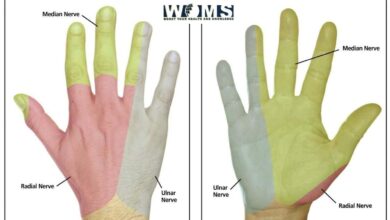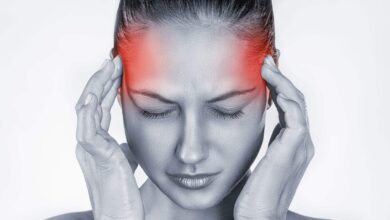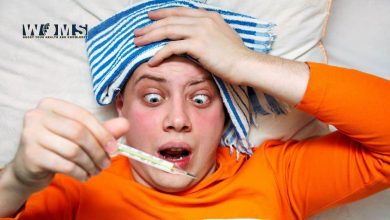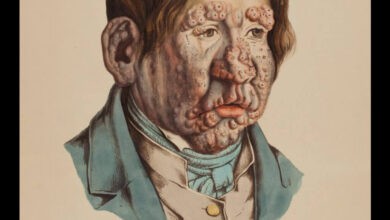Alopecia Areata symptoms [Causes & Treatment]
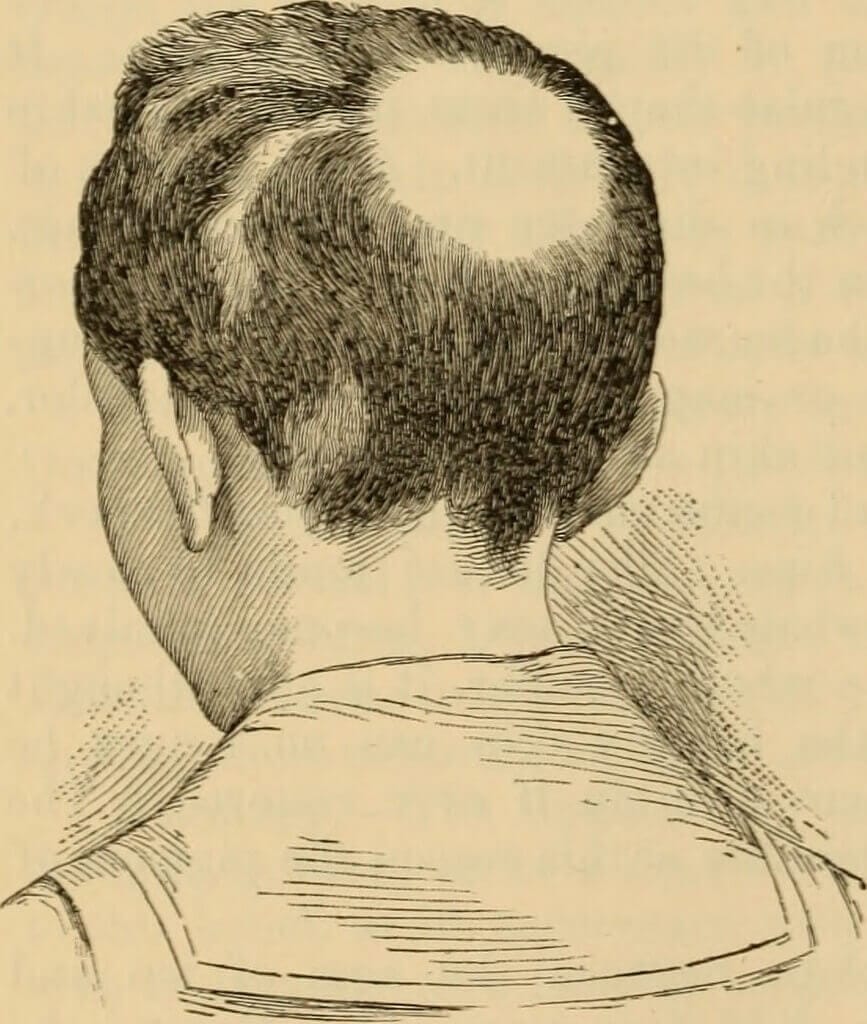
Loss of hair is the characteristic of alopecia. It is further subdivided into localized and diffuse, and into scarring and nonscarring subtypes. Alopecia Areata, also known as spot baldness. It is the condition in which hair losses from some or all areas of the body. Often it results in a few bald spots on the scalp, each about the size of a coin or bigger. Psychological stress may result. People are generally otherwise healthy. This disease develops when the immune system attacks the hair follicles, resulting in hair loss. In the following article, we give a major focus on alopecia types, alopecia areata symptoms and alopecia areata treatment.
Sudden hair loss may occur on the scalp and in some cases the eyebrow and eyelashes and faces as well as other parts of the body. It can develop slowly and recur after years between instances. The condition in which there is total hair loss is called alopecia Universalis and it can prevent hair from growing back. When hair grows back, it is possible to fall again. The extent of hair loss and regrowth varies from the person to person.
Currently, there is no treatment for the alopecia areata. However, there are some treatments that may help the hair grow back. And more quickly and that can prevent hair losses well as a unique way to cover the hair loss. Resources are available to help people cope with the stress of the disease.
Sign and symptoms
If you have alopecia areata, you may have one of the following:
- Patchy hair loss: The problem often begins with or more coin-sized round, bare patches where hair once was. You may notice the problem when you see the clumps of hair on your pillow or in the shower. Hair loss occurs mostly on the scalp. But it can involve eyebrows, eyelashes, beard – any hair-bearing site. Patched vary in size.
- “Exclamation mark” Hair:
- Widespread hair loss: some patients go bald with the time. Some lose all the body hair too. This is not common. Also uncommon is a band of hair loss at the back of the scalp.
- Nail problem: alopecia areata also affects the nail of the finger and toe. The nail can have tiny pinpoint dents (pitting). There may be also white spots or line. Rarely nail change shape or fall off. Sometimes nail changes are the first sign of alopecia areata
Source: Activebeat
Who gets alopecia areata?
People can have hair loss at any age of life. It often begins in childhood. Some people have alopecia areata have a positive family history.
Causes
Alopecia areata is an autoimmune system disease, which means it is attacked by the body immune system. When alopecia areata develops, the body attacks its own hair follicles. Genetic makeup combined with other factors triggers this type of hair loss.
People with alopecia areata may have a higher risk of:
- Some other autoimmune disease like thyroid disease or vitiligo
- a respiratory disease like Asthma
- Skin allergies, mainly atopic dermatitis (more commonly called eczema) and hay fever
- family history having asthma, allergies, or an autoimmune disease such as type 1 diabetes.
Wanna know more about the cause of alopecia areata? Check out this article!
Treatment
Alopecia areata can’t be cured. But can be treated and hair growth can be back. A dermatologist may prescribe one or more of the following to help hair regrow more quickly.
- Corticosteroids: these are the anti-inflammatory drugs prescribe for the autoimmune disease. They can be given as an injection to the scalp or the other area. They can be also given orally or rubbed on the skin as an ointment, cream or foam. The downside is that it may take a long time to work.
- Topical immune therapy: This is used when there is a lot of hair loss. Or it happens is more than once. Chemical is applied on the scalp to produce an allergic reaction. If it works, this allergy what makes hair grow back. It is also called as itchy rash and usually has to repeat several times to keep the new hair growth.
- Minoxidil (Rogaine): this is the late treatment. It usually takes about 12 weeks before you see hair growth, and some users disappoint in these results.
- Anthralin: this medication alters the skin’s immune function. A patient applies tar-like substances to the skin and leaves it on for 20-60 minutes. A dermatologist call this short –contact therapy. After 20-60 minutes anthralin is washed out to avoid skin to become irritated.
Other treatment of alopecia areata includes medications that are sometimes used for autoimmune disease. This medicine has a differing amount of success in re-growth of the hair. The Patient often gets more than 1 treatment at a time. A mix of 2 or more treatments often boosts success.
Alternative therapies
Some people with alopecia areata choose alternative therapies to treat the condition. These may include:
- Aromatherapy
- Acupuncture
- Microneedling
- Probiotics
- Low-level laser therapy
- Vitamins like zinc and biotin
- Alovera drinks and topical gels
- Onion juice rubbed onto the scalp
- Essential oil like coconut oil, castor and olive
- Scalp massage
- Herbal supplements such as green tea, Chinese hibiscus.
Tips for managing
Dermatologist offer the following tips to the patients who have alopecia areata:
- Hide hair loss: if you feel embarrassed by hair loss, there is the thing that can be done to hide patchy hair loss.
- Style your hair to cover your bald spots
- Wear a wig, cap, hat, or scarf. These do not interfere with hair re-growth
- Some people have to shave their head.
- Use makeup to draw a missing eyebrow
Summary
In the following article, we gave major focus on alopecia types, alopecia areata symptoms and alopecia areata treatment and tips for managing. Alopecia can’t be treated but hair growth can be done. you can follow some tips for managing this problem which is offered by the dermatologist. if you feel embarrassed by hair loss, you can hide hair loss by wearing a wig, cap, hat or scarf.
